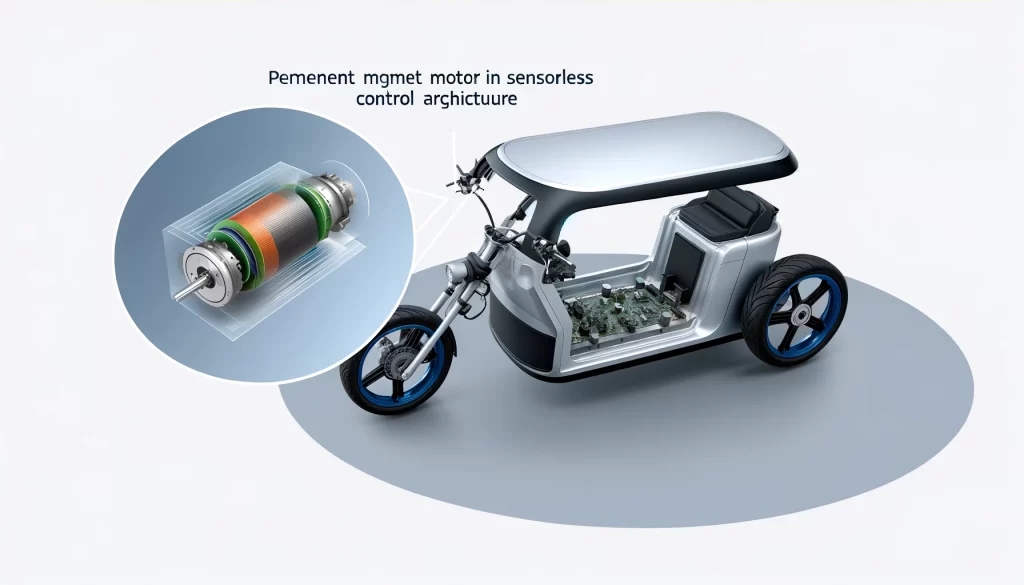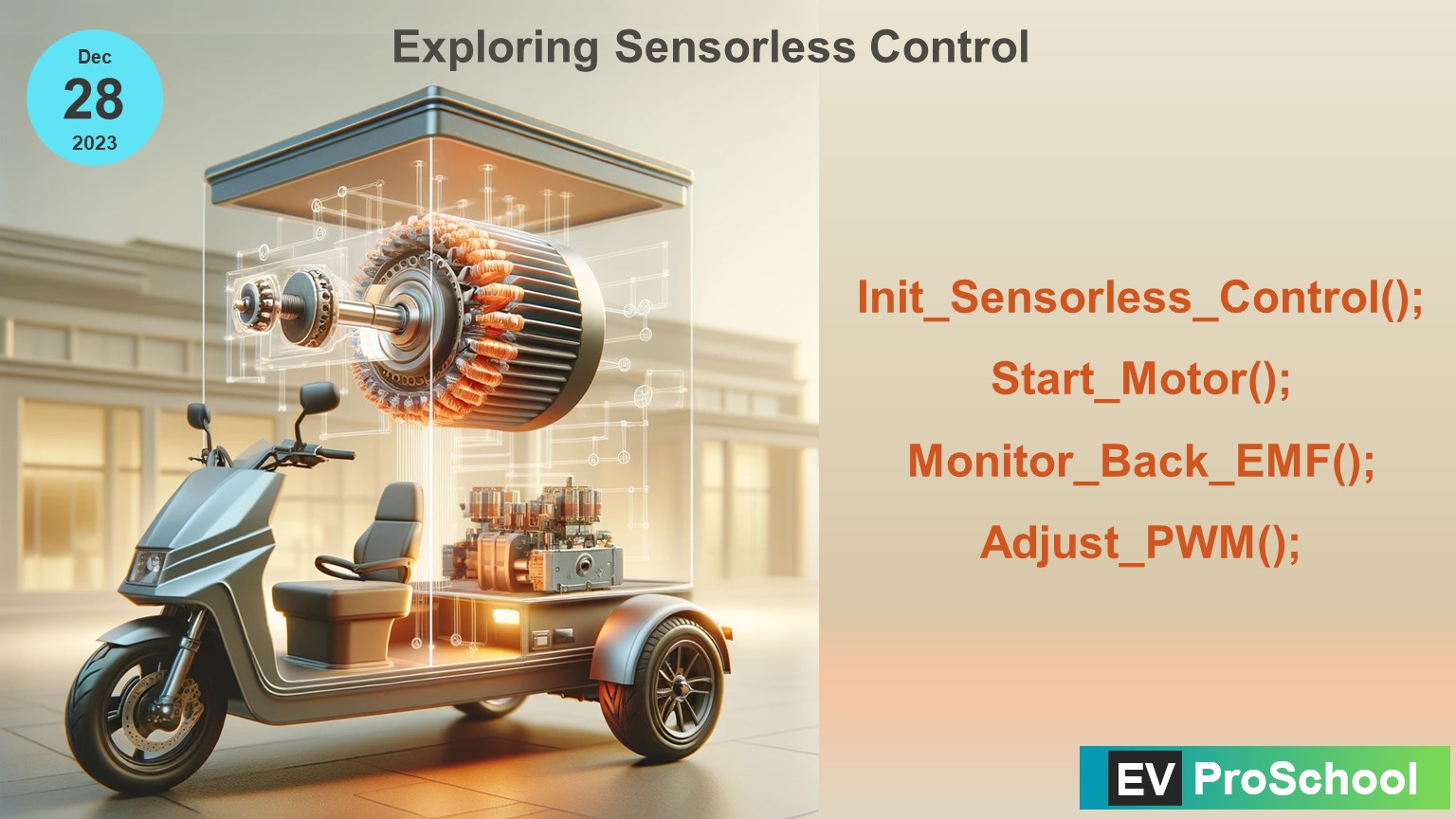Sensorless control mechanisms represent a breakthrough in electric motor technology, particularly in the context of electric vehicles (EVs). This guide delves into how sensorless control works, eliminating the reliance on physical sensors and bolstering system reliability for optimal performance in EVs.
1. What is Sensorless Control?
Sensorless control harnesses advanced algorithms and signal processing techniques to monitor and regulate electric motor operation without the need for physical sensors. By analyzing motor parameters such as voltage, current, and back electromotive force (EMF), sensorless control systems provide precise control over motor speed, torque, and position.
2. How Does Sensorless Control Work?
At its core, sensorless control relies on the detection and interpretation of motor signals to infer rotor position and speed. Okay, picture this: Inside the electric motor, there are invisible signals that tell it where it’s going and how fast. These signals are like secret codes that the motor’s brain (control system) understands to move the right way. It’s like speaking a special language without using words!
| Motor Signal/Parameter | Description |
|---|---|
| Voltage | Electrical potential difference across motor windings |
| Current | Flow of electric charge through motor windings |
| Back EMF | Voltage induced in motor windings due to rotor motion |
3. Eliminating the Need for Physical Sensors
Traditional motor control systems rely on physical sensors, such as encoders or Hall effect sensors, to provide feedback on rotor position and speed. However, sensorless control obviates the need for these sensors, reducing system complexity, cost, and maintenance requirements while enhancing overall reliability.

4. Advanced Signal Processing Techniques
Sensorless control algorithms leverage sophisticated signal processing techniques, such as observer-based estimation and adaptive algorithms, to accurately estimate rotor position and speed under varying operating conditions. These algorithms continuously refine their estimates based on motor behavior, ensuring robust and precise control.
5. Benefits of Sensorless Control in Electric Vehicles
Using sensorless control makes electric motors simpler and cooler. They don’t need extra eyes (sensors), which means they’re easier to build and use less energy. Plus, they’re more reliable because they have fewer parts that can break.
6. Challenges and Considerations
While sensorless control presents significant benefits, it also poses certain challenges, such as susceptibility to noise and parameter variations. Engineers must carefully tune control algorithms and implement robust error detection mechanisms to mitigate these challenges and ensure reliable operation.
7. Conclusion
Sensorless control mechanisms represent a transformative advancement in electric motor technology, offering unparalleled flexibility, efficiency, and reliability in electric vehicles. By eliminating the need for physical sensors, sensorless control systems pave the way for innovative and streamlined propulsion systems that power the future of sustainable transportation.
In conclusion, the adoption of sensorless control mechanisms underscores the ongoing evolution of electric mobility, driving greater efficiency, reliability, and performance in electric vehicles.
References:
- Dorf, R. C., & Bishop, R. H. (2016). Modern Control Systems. Pearson.
- Slemon, G. R., & Straughen, A. (2016). Electric Machines and Drives: Principles, Control, Modeling, and Simulation. Wiley.
By embracing sensorless control technology, electric vehicle manufacturers can accelerate the transition to a cleaner, greener transportation ecosystem.



